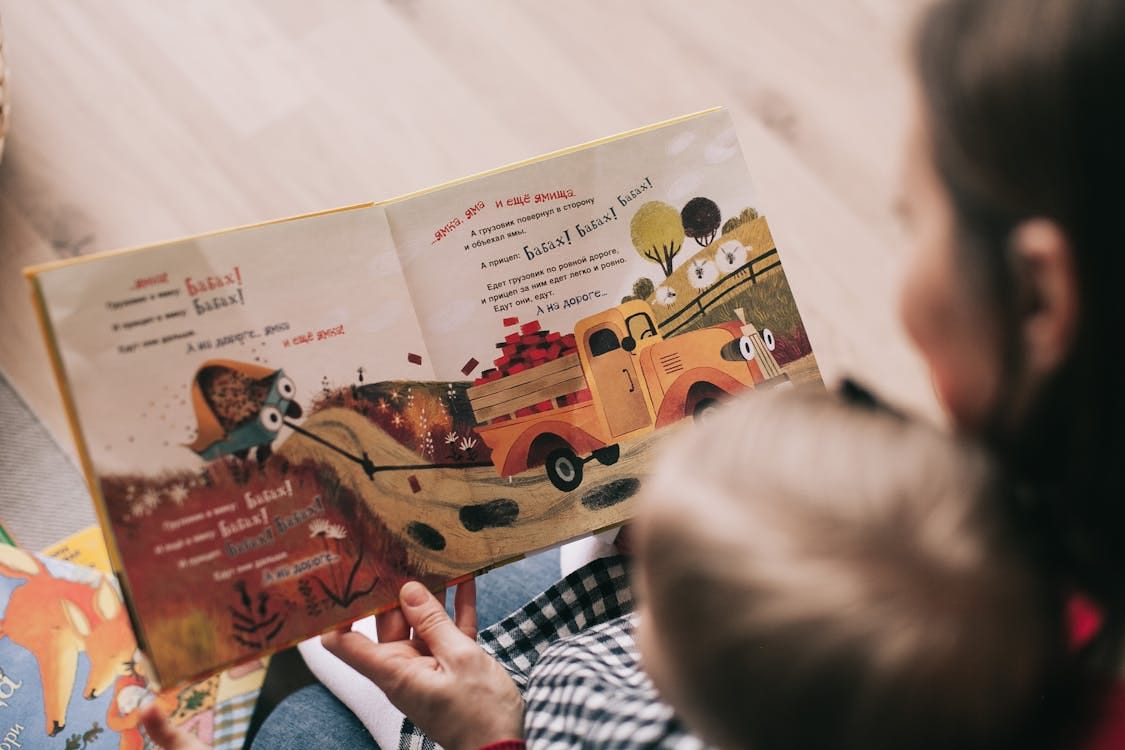A major concern of pediatricians today is excessive screen time in children. Here are three (painfully obvious) suggestions for avoiding and reducing screen time. Unfortunately, these are increasingly becoming viewed as unnecessary or unreasonable by some parents:
1. Read a lot of books
2. Talk to your kids about normal life everyday
3. Don’t use digital devices as the default activity
Here are some personal observations on these by age.
BABIES AND TODDLERS
If you have a young child with you in the cart at the store, don’t hand them a phone to shut them up or keep them entertained (this is pretty much an epidemic every time I go to Walmart.) Talk to your child instead. The store is a place where a child can learn a lot about the world by simply watching things and having you narrate the world for him. So talk! (Moms, I know constant narration gets exhausting but keep it up!! And try to get to the store by yourself once in a while.)
A book is a shared activity that brings parent and baby together. A baby watching a device is a non-human connective activity. Opt for human-connective activities as much as possible. Bring a bag or box or backpack of books everywhere. To the doctor’s office, in the car, to the tire shop, to the store. If you expect that books will be the default, they will be.
YOUNG CHILDREN
Do not set quotas for how much time your child must read. When my children came home from school with “required reading minute” logs I wrote down whatever I wanted. Forcing kids to read as if it is a punishment or a chore crushes the joy out it for them (and you). Though well-intentioned, reading minute quotas tend to orient children away from the love of reading. Read for the joy of reading and let your kids do the same!
Reading invitations or challenges or binges are different than reading quotas. It’s all about the approach! When you’re going to get in the car say something like, “Hey! Let’s bring 10 books with us today! Go grab the ones you want!” Or you could say, “Hey, this Friday night let’s have a book binge. Let’s see if we can read and eat popcorn for a whole hour together!” Or, “Maybe we can read a whole book out loud together this week. Want to try? Which one should we choose?”
When your child begins to read independently, don’t stop reading to him. Keep reading together and independently. Wear out your library card finding beautiful books to read together. If you didn’t have a mom who read to you, be that mom now. It will pay off enormously later (see this link!) If you don’t have time to read regularly with your child, it may be time to rethink your priorities and make some adjustments.
TWEENS AND TEENS
If you kept the car and house stocked with books throughout your child’s young life and continued to read with him and beside him through the foundational years, your child is most likely to enjoy reading. Keep up the hobby by keeping him well stocked with books you trust. (Unfortunately, you absolutely cannot just go browsing in the teen section at the library these days and expect to find suitable material. Stick to classics you loved as a kid and take recommendations from trusted sources. As a rule, I don’t checkout anything that was published after 2012 without fully vetting it first. Sad but true.)
If your child doesn’t like reading independently, a well-chosen audiobook or family read aloud can often be just the thing (More on this soon!)
It's fine to watch a movie or play a digital game once in a while, or even to entertain your children with wholesome media while you do something else sometimes. But if your default family activity has become media consumption or independently scrolling on your phones, it may be time to change things up. Non-virtual games are a great alternative, as is anything you do outside (picnicking, tossing a Frisbee, hiking, throwing rocks, looking at the stars, laying on a blanket, walking, etc.) The point of any of this is to talk about life and connect!
So heed the new wisdom: Read, talk, and don’t default to media.
Happy connecting!
With love,
Kimberly




